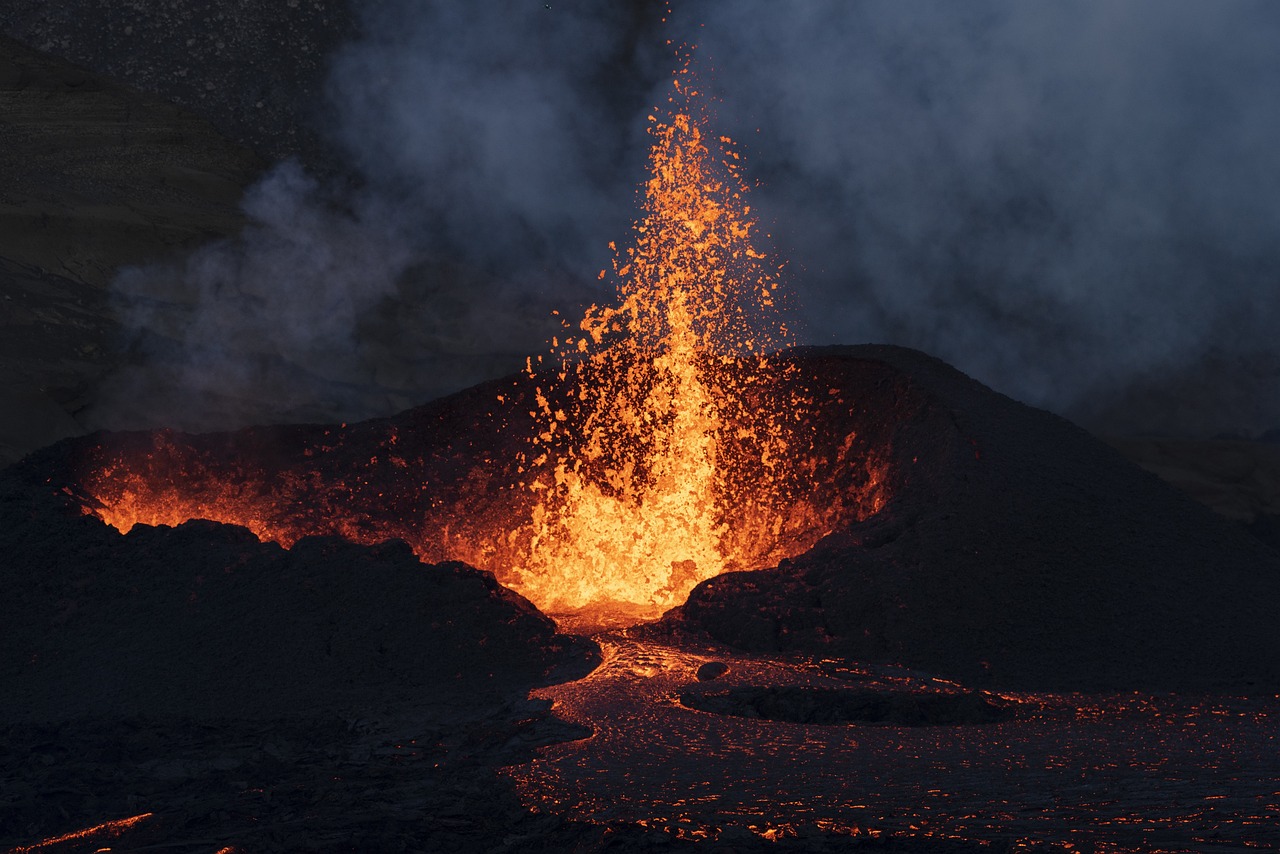Hello, young geologists! 🌋
Get ready to journey into the heart of one of nature’s most spectacular phenomena: volcanoes! Volcanoes are like Earth’s pressure valves, releasing pent-up energy in explosive displays of lava, ash, and gas. Let’s dive into the fiery world of volcanoes and learn more about these incredible natural wonders!
What is a Volcano?
A volcano is a mountain that opens downward to a pool of molten rock, or magma, below the surface of the Earth. When pressure builds up inside the Earth’s crust, it can cause the volcano to erupt, spewing lava, ash, and gases into the air.
Types of Volcanoes
1. Shield Volcanoes: Shield volcanoes have gentle slopes and are formed by layers of flowing lava. They’re typically found at hot spots, where magma rises from deep within the Earth’s mantle.
2. Stratovolcanoes (Composite Volcanoes): Stratovolcanoes are tall, steep-sided volcanoes made up of layers of lava, ash, and rock. They’re known for their explosive eruptions and are often found at convergent plate boundaries.
3. Cinder Cone Volcanoes: Cinder cone volcanoes are the smallest and simplest type of volcano. They’re formed by eruptions of ash, cinders, and volcanic bombs, which pile up around the vent.
Volcanic Eruptions
Volcanic eruptions can be explosive or effusive, depending on the type of volcano and the composition of the magma. Explosive eruptions release a mixture of gas, ash, and rock fragments into the air, while effusive eruptions produce flowing lava.
Famous Volcanoes
- Mount Vesuvius: This volcano famously erupted in 79 AD, burying the Roman cities of Pompeii and Herculaneum under layers of ash and pumice.
- Mauna Loa: Located in Hawaii, Mauna Loa is one of the world’s largest shield volcanoes and is still active today.
- Mount St. Helens: This stratovolcano in the United States erupted explosively in 1980, causing widespread devastation and loss of life.
Volcano Safety
Living near a volcano can be dangerous, but scientists monitor volcanic activity and work to keep people safe. If you ever visit a volcano, be sure to follow safety guidelines and stay away from active vents and lava flows.
Volcanic Benefits
While volcanoes can be destructive, they also play an essential role in shaping the Earth’s surface and providing nutrients for plants and animals. Volcanic soil is rich in minerals and is excellent for agriculture.
Exploring Volcanoes
You can learn more about volcanoes by visiting national parks, watching documentaries, and studying geology. Who knows? Maybe one day, you’ll become a volcanologist and study these fiery mountains up close!
Thanks for joining our volcanic adventure, young geologists! Volcanoes are awe-inspiring reminders of the Earth’s power and beauty. Keep exploring and learning about the amazing world we live in. Stay curious! 🌋
